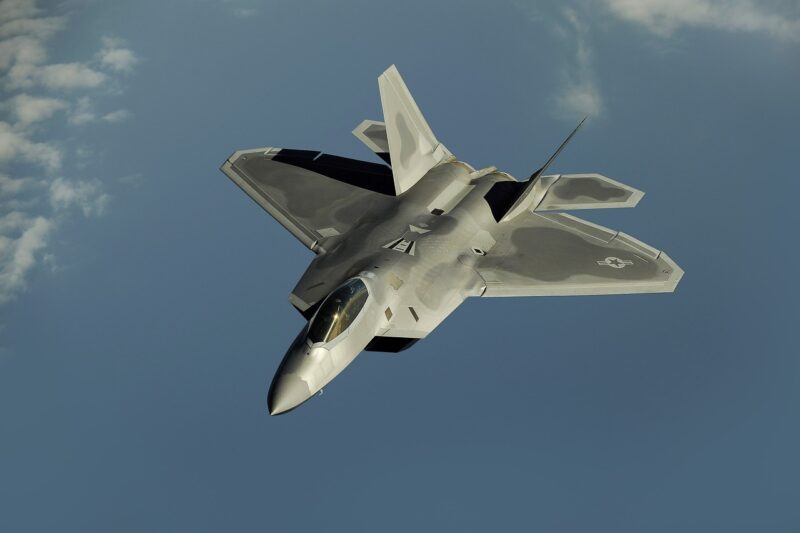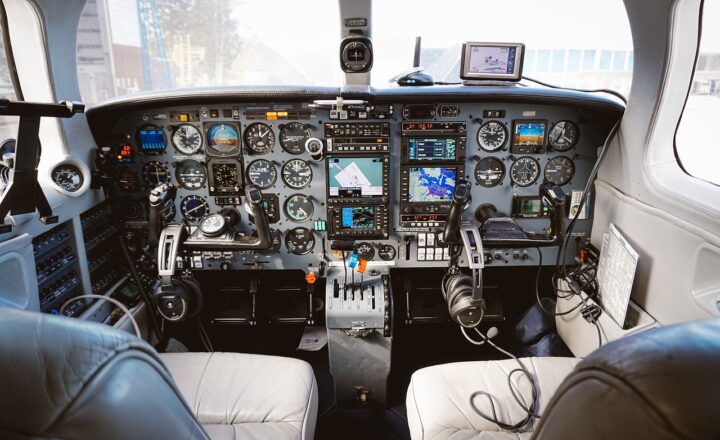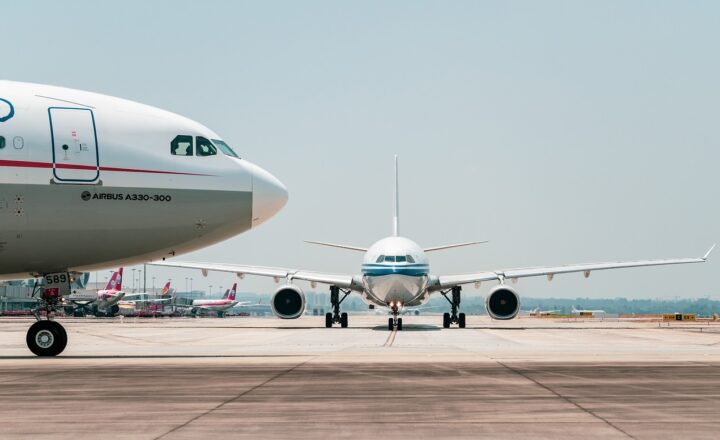How Fighter Jets Achieve Supersonic Speeds and the Engineering Behind It
November 12, 2024

Fighter jets are marvels of modern engineering, designed to excel in speed, agility, and combat effectiveness. Among their many capabilities, the ability to reach supersonic speeds—speeds exceeding the speed of sound, which is around 343 meters per second (1,125 feet per second) at sea level—stands out as a testament to cutting-edge aerodynamics and technology. In this article, we will explore how fighter jets achieve these incredible speeds, the engineering principles involved, and the challenges faced in the development of supersonic aircraft.
1. Understanding Supersonic Speeds
To grasp how fighter jets reach supersonic speeds, it’s essential to understand what supersonic means. Supersonic speeds are categorized typically into three regimes:
- Subsonic: Speeds below the speed of sound (less than Mach 1).
- Transonic: Speeds close to the speed of sound (Mach 0.8 to Mach 1.2).
- Supersonic: Speeds greater than the speed of sound (Mach 1 and above).
When a jet travels at supersonic speeds, it creates shock waves, which can lead to a phenomenon known as a sonic boom. This explosion-like sound occurs when an aircraft breaks through the sound barrier, a threshold that has been a significant focus in aviation history.
2. The Mechanics of Supersonic Flight
Reaching supersonic speeds requires overcoming several physical and aerodynamic challenges. Here are some key elements that contribute to a fighter jet’s ability to achieve such remarkable velocities:
- Streamlined Design: Fighter jets are designed with a streamlined shape to reduce drag. This design minimizes the resistance experienced while traveling through air, enabling faster speeds. The fuselage, wings, and tail surfaces are contoured to allow smooth airflow, reducing turbulence that can slow the aircraft down.
- Powerful Engines: The engines of supersonic fighter jets are engineered to produce extreme thrust. Turbojet and turbofan engines are commonly used, with afterburners increasing thrust by injecting additional fuel into the exhaust stream, significantly boosting speed and acceleration.
- Advanced Materials: Materials used in the construction of fighter jets are critical. They must endure the high temperatures and pressures associated with supersonic flight. Lightweight, heat-resistant composites and alloys are used to balance strength and weight, enhancing performance and safety.
3. Overcoming Aerodynamic Challenges
As a fighter jet approaches supersonic speeds, it encounters a range of unique aerodynamic challenges:
- Shock Waves: The transition to supersonic flight creates shock waves that shift the aerodynamic characteristics of the aircraft, demanding a profound understanding of aerodynamics in design and flight operations.
- Control Surfaces: Maintaining flight stability becomes increasingly complex as speed increases. Advanced control surfaces, including flaps and ailerons, are calibrated to respond efficiently to the changing aerodynamic conditions at supersonic speeds.
- Heat Management: Friction from the air at high speeds generates significant heat. Engineers must manage thermal loads to prevent damage, often employing cooling mechanisms and advanced thermal protection materials.
4. Case Studies: Iconic Supersonic Fighter Jets
Several fighter jets have made their mark in aviation history due to their supersonic capabilities. Let’s take a closer look at a few notable examples:
- Mig-21: The Soviet-era MiG-21 is one of the most widely produced supersonic jets in history, achieving speeds of up to Mach 2.05. Its delta-wing design minimizes drag and maximizes maneuverability.
- F-16 Fighting Falcon: The F-16 is a versatile multirole fighter jet capable of speeds exceeding Mach 2. This jet is renowned for its agility and advanced fly-by-wire flight control system, which enhances its performance at supersonic speeds.
- F/A-18 Hornet: Designed for carrier operations, the F/A-18 can achieve speeds over Mach 1.8. Its twin-engine configuration and advanced avionics allow it to execute various missions efficiently while maintaining supersonic capabilities.
5. The Future of Supersonic Fighter Jets
Advancements in technology continue to push the boundaries of supersonic flight. Researchers are now focused on the following:
- Stealth Capabilities: Future designs aim to achieve supersonic speeds while maintaining low radar cross-sections, incorporating advanced materials and shaping technologies.
- Eco-Friendly Technologies: Environmental concerns are driving innovations for engines that produce less noise and emissions, even at supersonic speeds.
- Hypersonic Flight: The next frontier of aviation may involve hypersonic speeds (over Mach 5), where significant engineering breakthroughs are needed to manage the extreme aerodynamic forces and thermal loads involved.
Conclusion
Supersonic fighter jets showcase the pinnacle of aerospace engineering. The challenges of speed, control, and thermal management have led to innovations that stand at the forefront of technology. As research progresses, we await the next generation of fighter jets that can not only break the sound barrier but also redefine the capabilities of aerial combat and reconnaissance.
Achieving supersonic speeds is about pushing boundaries and continuously evolving, ensuring that fighter jets remain key players in national defense and military strategy.








